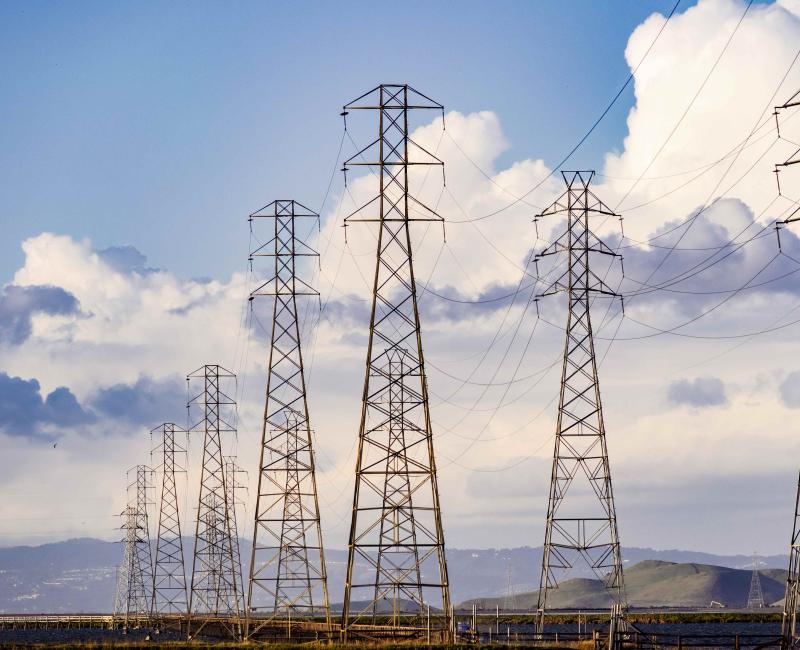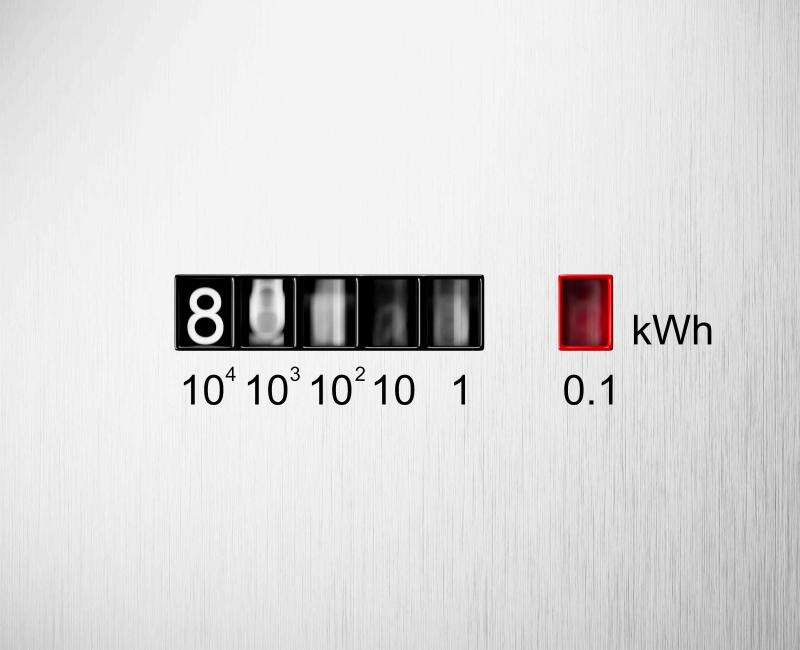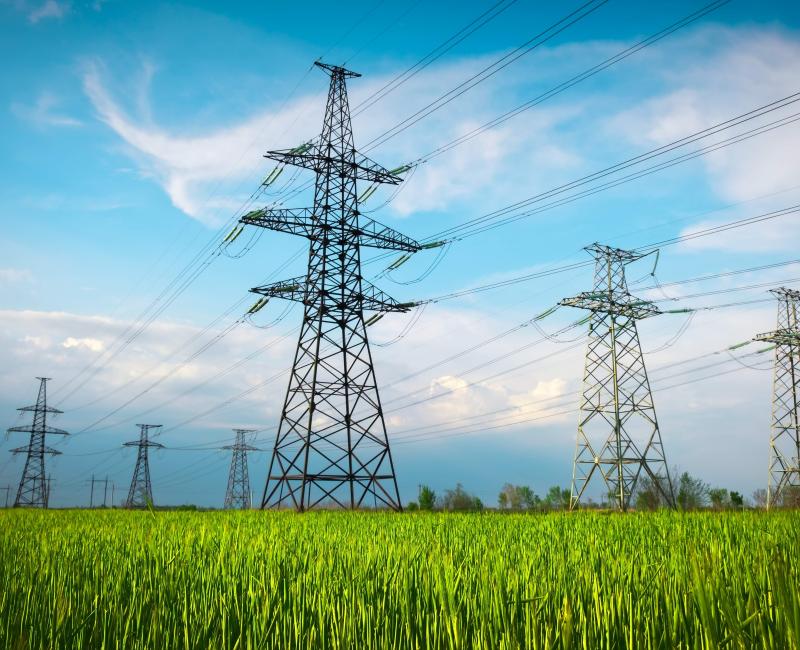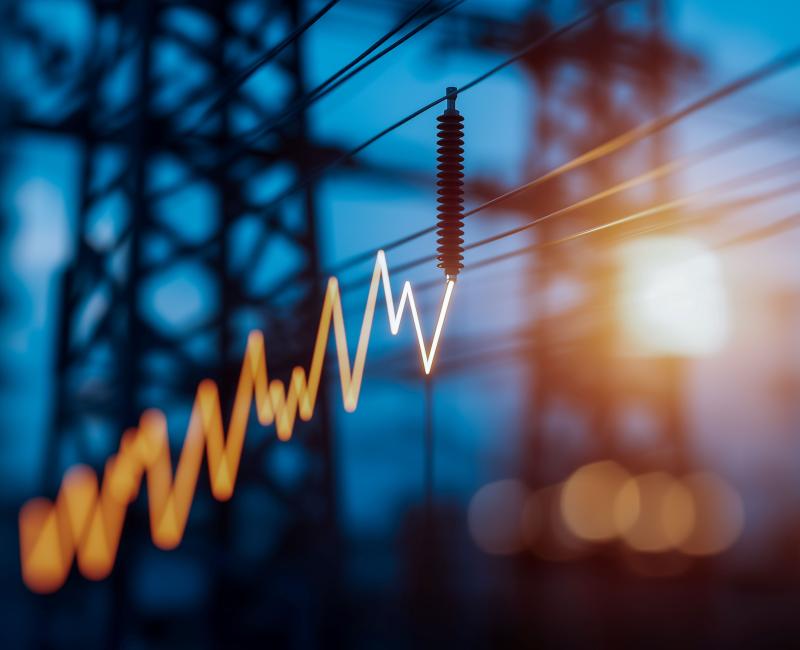ACER approves EU-wide methodology to assess national electricity flexibility needs
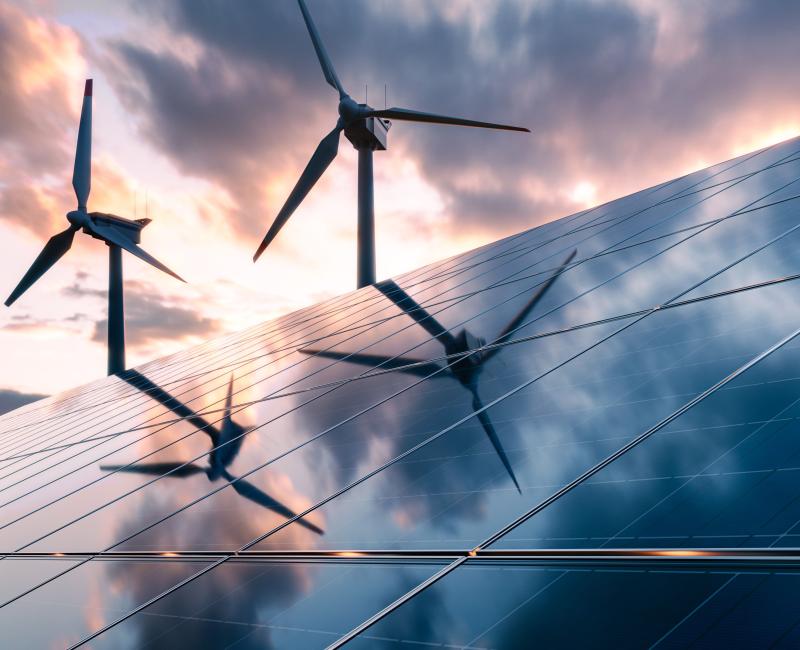
ACER approves EU-wide methodology to assess national electricity flexibility needs
What is it about?
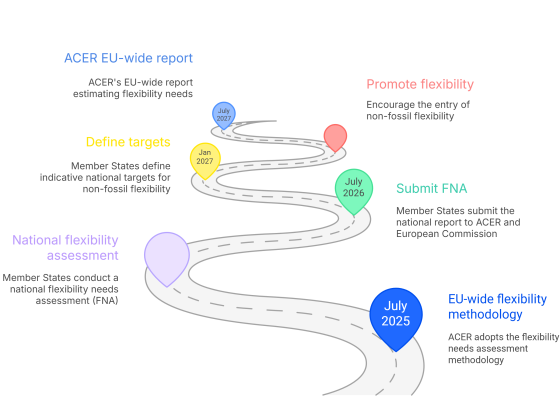
In a further step towards Europe’s clean energy transition, ACER approves the methodology to be used nationally for identifying non-fossil flexibility needs. This is an important step in developing a common European basis for integrating more renewable energy into the electricity grid and meeting the EU’s decarbonisation targets. This ACER decision directly supports the EU’s Clean Industrial Deal by laying the groundwork for a more resilient electricity system that can power a competitive, low-carbon economy.
The flexibility needs assessment methodology (FNAM), developed by the European Network for Transmission System Operators for Electricity (ENTSO-E) and the EU Distribution System Operators Entity (EU DSO Entity), and approved by ACER, will guide Member States' electricity network operators in identifying how much clean and flexible energy their country needs to handle the variability of demand and supply in their power system.
What is power system flexibility and why does it matter?
Clean flexibility is the energy system’s ability to adapt quickly to changes in electricity supply and demand, without relying on fossil fuels. It enables:
- Demand response, storage or flexible generation to balance the grid in real time.
- Shifting renewable energy from periods of excess (e.g. windy nights) to times of high demand.
- Reducing renewables curtailment (wasting renewable energy when the grid can’t absorb it).
Unlocking clean flexibility will cut reliance on gas, enable energy transition in a cost -effective manner and help Member States deliver on the EU’s binding 2030 renewable targets (42.5%) and climate neutrality by 2050.
What is the purpose of the national flexibility needs methodology?
The methodology distinguishes between two main types of flexibility needs: network flexibility needs and system flexibility needs. Network flexibility reflects the flexibility needed to adjust for grid availability, whereas system flexibility refers to the ability of the electricity system to adjust both power generation and consumption in response to signals from the market.
The flexibility needs assessment methodology provides a harmonised approach for transmission and distribution system operators (TSOs and DSOs) in analysing the national flexibility needs in terms of:
- the data they must collect; and
- how they should assess their national electricity flexibility needs.
This harmonised and unified approach serves both national and EU-wide estimations of flexibility needs, with results feeding into reports that will identify how much flexibility is needed, where and at what cost.
Each EU Member State shall now:
- Conduct a national flexibility needs assessment (FNA) using the new methodology.
- Submit it to ACER and the European Commission (by July 2026).
- Use the findings to define indicative national targets for non-fossil flexibility (by January 2027).
ACER will then publish an EU-wide report to estimate the flexibility needs including a set of recommendations on issues of cross-border relevance at EU level (July 2027).
What’s novel about this national electricity flexibility needs methodology?
This new methodology brings several important advancements to how Europe plans for flexibility, as it:
- Builds on existing studies, such as the European resource adequacy assessment (ERAA) and national resource adequacy assessments (NRAAs), to ensure consistency and prevent overlap.
- Covers distribution and transmission networks, enabling a full-system view of flexibility needs.
- Relies on distribution network development plans (DNDPs) to bring transparency to local flexibility gaps.
- Quantifies the amount of non-fossil flexibility needed per country to meet EU decarbonisation targets by identifying how much renewable energy can be cost-effectively shifted from periods of surplus to times of high demand – maximising clean energy use and reducing curtailment.
- Accounts for cross-border potential and the role of interconnections in meeting flexibility needs.
- Mandates the EU DSO Entity to issue a guidance, taking into account the ACER-CEER guidance on distribution network planning (issued today), to harmonise flexibility assessments across the EU and align with the EU Action Plan for Grids.
- Identifies regulatory and market barriers, echoing ACER’s No-regret actions to remove barriers to demand response.
This coordinated approach is essential to delivering a climate-neutral power system, ensuring renewables are fully used.
What’s next?
Member States now have 12 months to prepare their national flexibility assessments. These reports will become vital tools in shaping clean energy investment decisions, grid expansion and modernisation and designing EU policy to accelerate flexibility deployment across borders.
Learn more about flexibility and ACER's work in this area.
